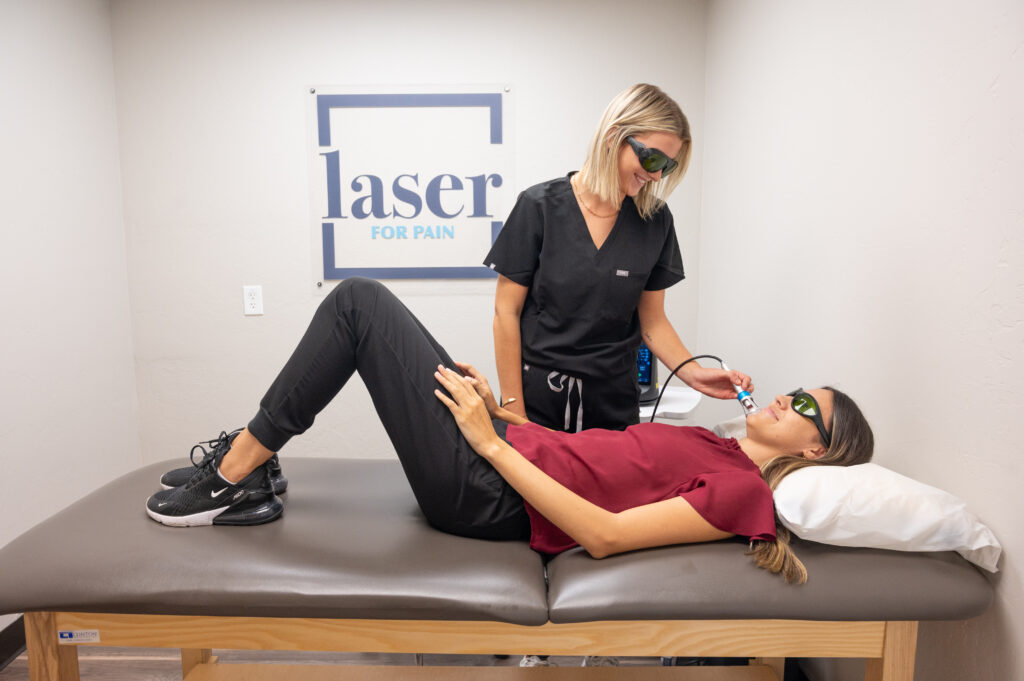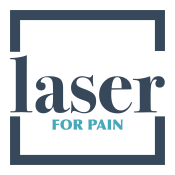Bell’s palsy is a neurological condition that affects the facial muscles, leading to temporary paralysis or weakness on one side of the face. This condition, although usually self-limiting and non-life-threatening, can be distressing and impact one’s quality of life. While conventional treatments such as medications and physical therapy have been the mainstay of managing Bell’s palsy, emerging therapies like laser therapy have shown promising results in accelerating recovery and alleviating symptoms.
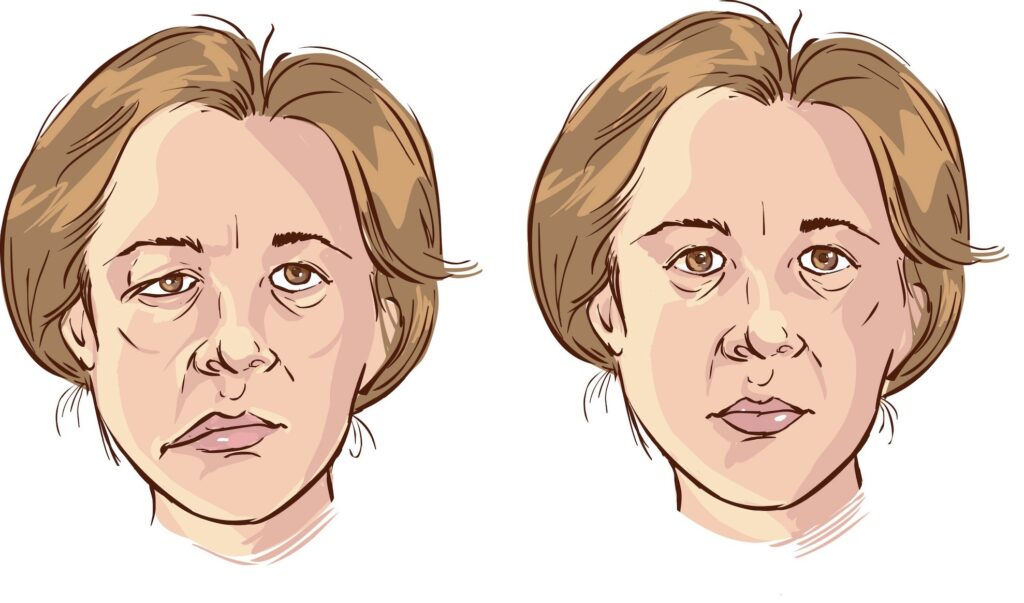
Understanding Bell’s palsy
Bell’s Palsy is a condition that involves dysfunction of the facial nerve, also known as the seventh cranial nerve. The exact cause of Bell’s palsy is not definitively understood, but it’s commonly believed to be associated with viral infections, particularly the herpes simplex virus. The pathophysiology involves inflammation, swelling, or compression of the facial nerve as it passes through a narrow bony canal called the facial canal within the skull.
The inflammation or compression leads to the disruption of nerve function, affecting the transmission of signals from the brain to the facial muscles. This interruption results in sudden weakness or paralysis of the muscles on one side of the face, causing the characteristic symptoms of Bell’s palsy, such as drooping of the mouth and eyelid, difficulty in smiling or closing one eye, and altered sense of taste.
While the exact mechanism by which the virus triggers inflammation and nerve damage is not fully elucidated, it is thought that the virus leads to an immune response that causes swelling and compression of the nerve within the confined space of the facial canal. This, in turn, disrupts the normal signaling and function of the nerve, leading to the temporary facial paralysis seen in Bell’s palsy.
It’s important to note that although viral infections are commonly associated with the onset of Bell’s palsy, other factors such as autoimmune reactions, genetic predisposition, and environmental triggers might also contribute to the development of this condition. Additionally, while the majority of individuals with Bell’s palsy experience a spontaneous recovery within a few weeks to months, some may require medical intervention to manage symptoms and promote faster recovery.
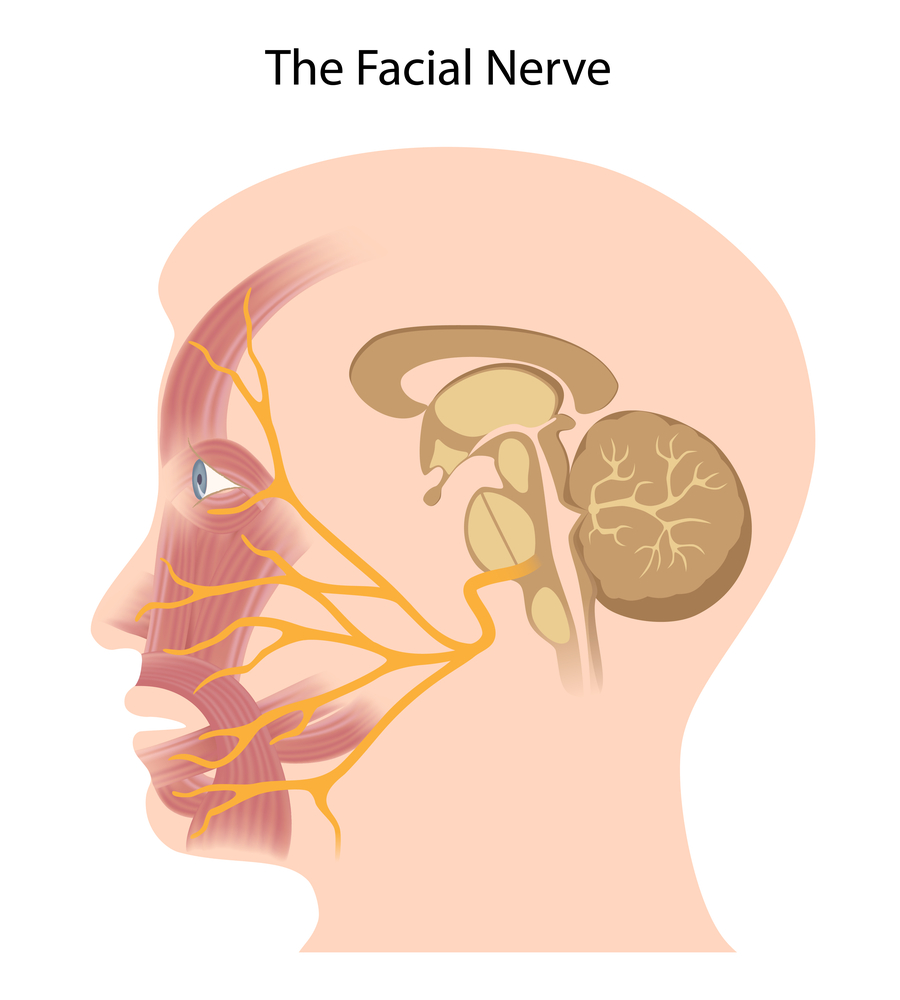
Common symptoms of Bell’s palsy include:
- Sudden onset of facial droop or paralysis
- Difficulty in closing one eye or blinking
- Drooling
- Difficulty in smiling or forming facial expressions
- Altered sense of taste
- Increased sensitivity to sound in one ear
Conventional Treatments for Bell’s palsy
Medical interventions for Bell’s palsy primarily focus on reducing inflammation, protecting the eye from dryness or damage, and restoring facial muscle function. Common treatments include:
- Corticosteroids: Oral steroids like prednisone are often prescribed to reduce inflammation and improve recovery time.
- Eye Protection: Eye drops, ointments, or eye patches are recommended to prevent dryness and protect the eye on the affected side.
- Physical Therapy: Facial exercises and massage techniques may help in maintaining muscle tone and promoting recovery.
While these conventional treatments have proven effective for many individuals, the search for alternative or adjunct therapies has led to the exploration of laser therapy as a potential option for managing Bell’s palsy.
Laser Therapy for Bell’s palsy
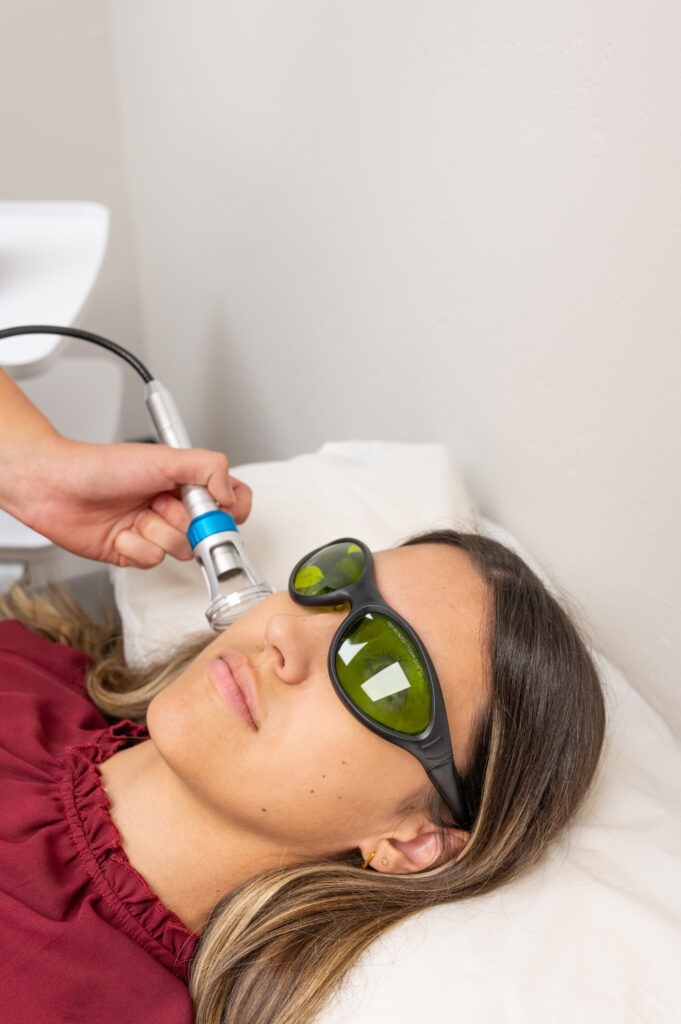
Laser therapy, also known as photobiomodulation therapy (PBM), involves the use of low or high-intensity lasers to stimulate cellular function and promote tissue healing. This non-invasive and painless treatment has gained attention in various medical fields, including neurology, orthopedics, and dermatology, for its potential to enhance healing and reduce inflammation.
Laser Therapy Mechanisms
The precise mechanism by which laser therapy aids in treating Bell’s palsy is not entirely understood. However, some proposed mechanisms include:
- Increased Blood Flow: Laser therapy is believed to improve microcirculation, leading to enhanced blood flow in the affected area. Improved blood circulation facilitates the delivery of oxygen and nutrients, crucial for tissue repair. Blood circulation also improves nerve regeneration and repair.
- Reduced Inflammation: Laser therapy has been shown to stimulate the anti-inflammatory cytokines in the body and inhibit inflammatory cytokines. The cytokine reactions modulate the inflammatory response, thereby reducing swelling and promoting a more favorable environment for healing.
- Stimulation of Cellular Activity: The light energy from lasers stimulate cellular processes, encouraging the production of adenosine triphosphate (ATP) and promoting tissue regeneration. Essentially, the laser penetrates the cell with energy; this stimulates the cells to complete the biological and mechanical processes they need to heal and function in a more efficient or revived way.
Clinical Evidence and Studies
Several studies have investigated the efficacy of laser therapy in Bell’s palsy:
- A study published in the Journal of Lasers in Medical Science compared the effectiveness of high intensity laser therapy and low level laser therapy, when used for recovery of facial nerve function in Bell’s palsy patients. This study found both HILT and LLLT to significantly improve recovery of patients with BP, however high-intensity laser therapy was shown to be the most effective treatment.
- Another study published in Journal of Lasers in Medical Science examined the efficacy of laser therapy in treating Bell’s palsy amongst individuals with diabetes. This study found using laser therapy for recovery is safe, reliable, and a proper alternative approach for the treatment of BP.
- A case report published in Case Reports in Dentistry evaluated recovery from Idiopathic Facial Paralysis (Bell’s palsy) with photobiomodulation (PBM) therapy. It was found that adequate use of PBM is an effective therapeutic option for patients with BP regardless of age, shortening recovery time, and avoiding sequelae.
- A case series study published in Photonics journal tested the efficacy of PBM therapy in patients with BP who were non-responsive to standard treatment. 79% of patients who experienced BP for a maximum of 6 months completely recovered with PBM. Thus, this study showed the benefits of laser therapy for individuals with BP.
- A case report published in Photobiomodulation, Photomedicine, and Laser Surgery found laser therapy to be an effective, noninvasive treatment for BP for patient with 8 years of facial paralysis!
Application and Considerations

Laser therapy for Bell’s palsy typically involves the use of specific wavelengths of light directed at the affected facial area. The therapy sessions are short and painless, with the patient experiencing a mild warming sensation during treatment.
It’s important to note that while laser therapy shows promise, it is not a standalone treatment for Bell’s palsy. Rather, it is often used in conjunction with traditional therapies, such as corticosteroids and physical therapy, to enhance outcomes.
Recap!
Bell’s palsy can significantly impact a person’s facial function and emotional well-being. While conventional treatments have been effective, the emergence of laser therapy offers an adjunctive approach to hasten recovery and improve outcomes. However, further research, including larger controlled trials, is necessary to establish laser therapy’s exact mechanisms in managing Bell’s palsy.
Always consult with healthcare professionals to explore the most suitable treatment options and therapies tailored to individual needs when dealing with Bell’s palsy or any medical condition. If you are looking for an evaluation, reach out to us and speak to one of our high-trained laser therapy providers.
In conclusion, laser therapy presents itself as a promising addition to the arsenal of treatments for Bell’s palsy, offering hope for faster recovery and improved quality of life for those affected by this condition. Get scheduled with us now!
